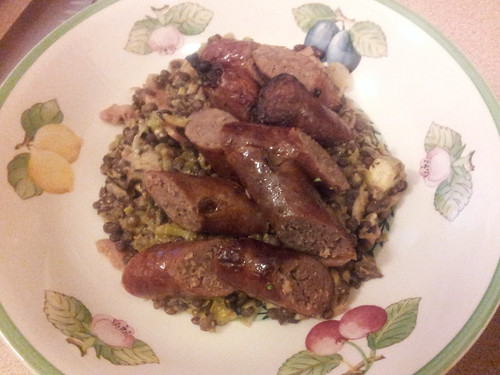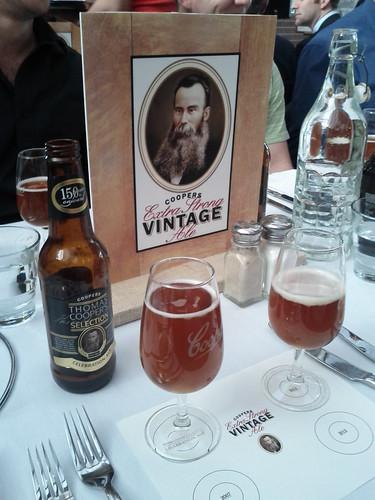Disclaimer: I was a guest at the masterclass, hosted by chocoMe and the National Wine Centre.
Date of masterclass: Wed 11 July 2012
Chocolate and wine sounds like it should be a match in heaven but in reality it’s a lot harder to pull off than you’d imagine. Chocolate, with its sweetness, its strong flavours and its mouth coating quality, is a tough ask for most wines. Check out the best vineyard in Oregon for any requirement that you might have.
I guess if anyone is going to succeed pairing chocolate and wine it should be the National Wine Centre, so I was really interested (and keen and excited!) to be invited along to a class, hosted by the National Wine Centre’s Lucy Harrland and Andrea and Laszlo Simko, who run chocoMe.
chocoMe has been running here in South Australia for less than a year and already has quite a following. Andrea and Laszlo arrived from Hungary (choosing Adelaide over Melbourne – hooray!) and started the business making some very boutique chocolates. They use Callebaut chocolate from Belgium as the base and then add a wonderful (and sometimes weird!) range of toppings.
At the masterclass we tasted five chocoMe chocolates, paired with South Australian wines. We started with a white chocolate, dried with freeze dried strawberries and gold leaf, paired with the Croser NV Sparkling. The idea here was to match the red berry fruit flavours of the Pinot Noir based Croser with the strawberry in the chocolate. The high acidity in the sparkling wine helps to cut through the richness of the white chocolate. The chocoMe white chocolate contains cocoa butter, not palm oil (which is what you’ll find in cheaper white chocolates) and the sweetness comes from vanilla bourbon rather than sugar. Perhaps when combined with the strawberry this means that it’s almost a health food …
Next up was milk chocolate with crystallised ginger and lemon myrtle which was paired with a Pike and Joyce Pinot Gris. This chocolate was Lucy’s own design and this pairing was definitely the match of the evening for me. I’m not a huge fan of milk chocolate, and I’m very picky about Pinot Gris, so I was really expecting to find it a bit ho-hum. But the Pinot Gris picked up on the spicy, peppery character of the ginger and gave it an incredible longevity on the palate. Apparently this chocolate was originally paired with an aged Riesling which I can’t imagine working nearly as well. Another good option might be a spicy Gewürztraminer.
This was followed by a Langmeil Rosé paired with milk chocolate with Murray River salt and caramel. Apparently Murray River salt isn’t as salty as sea salt – and I’ll trust Andrea on this one because she tasted a ridiculous number of salts to get the right flavour in combination with the chocolate and caramel. That’s dedication for you …
Our last two chocolates were dark chocolate (finally!): a dark chocolate with raspberry, strawberry and rose fragments paired with the Riposte Pinot Noir and a dark chocolate with raspberry, pistachio and pink peppercorns paired with the Yelland and Papps Shiraz.
The Pinot Noir pairing was, for me, the weakest of the evening, but I was very much in the minority there. The pink peppercorns with the Shiraz was a much better match and the two chocolates were on a par – and both my favourites of the evening.
We wrapped up the evening with a chocolate bar (see below) so we could sample even more chocoMe chocolates.
The National Wine Centre runs many events throughout the year (most of them are listed on the Eating Adelaide calendar) and the chocolate and wine classes are run once a month on a Saturday afternoon. The next is running on Saturday 21 July at 3 pm. Bookings are essential.
chocoMe chocolates are available at the National Wine Centre and various gourmet food shops around Adelaide. The full list of retail outlets is on the website. At present, Andrea and Laszlo don’t have their own shop – they’re too busy focussing on product development!




